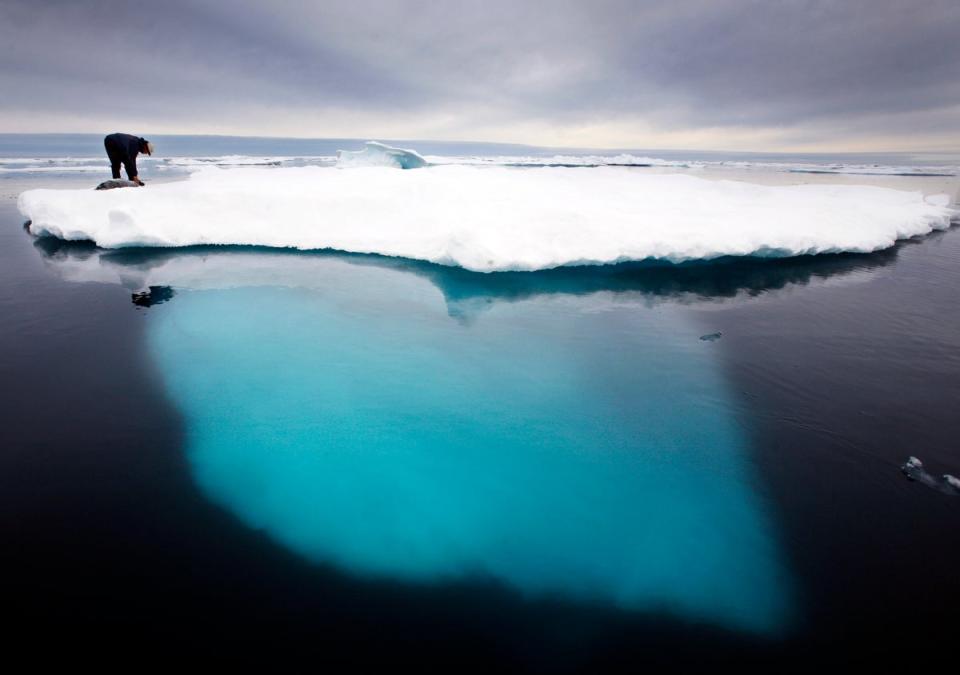What is the 1.5C target? And how does it affect the climate crisis?
In 2015 almost all of the world’s countries pledged to limit global warming to “well below” 2C above pre-industrial levels and to strive to keep temperatures at 1.5C by the end of the century as part of the historic Paris Climate Agreement.
This commitment, the most optimistic target of the Paris Agreement, is seen as the only acceptable outcome for our planet.
Here we take a look at the reasons behind the target and what needs to be done to achieve it.
Why 1.5C?
A rise of 1.5C is more of a political threshold than a scientific one and the target was reached as a compromise after years of debate.
It reflected a growing conviction among scientists and activists that a loose previous target of 2C would be extremely dangerous for humanity. A rise of ‘just’ 1.5C is seen as physically and economically possible with the technology and resources humanity has.
Since 2009, more than 100 Small Island Developing States, Least Developed Countries and many others have been calling for this limit in a bid to prevent the worst of climate change impacts.
At 1.5C warming, about 14 per cent of Earth’s population will be exposed to severe heatwaves at least once every five years, but at 2C warming, that number jumps to 37 per cent. Extreme heatwaves will already become widespread at 1.5C warming.
Global heating has already resulted in significant alterations to human and natural systems but by limiting temperature increase, it is expected that adaptation will be less difficult, and our world will suffer fewer negative impacts.
The 1.2C warming already recorded has been enough to unleash disastrous weather. The past eight years, 2015-2022, have consecutively been the warmest years on record globally.
In 2023 so far, heatwaves have claimed thousands of lives and set records across the globe. Various scientific assessments have found that devastating heat extremes in Asia and Europe were made more likely due to the climate crisis.
“Extraordinary marine heatwave” are also threatening Antarctica’s ice shelves, with sea ice levels dropping to an all-time low this year.
Wildfires fuelled by heat and drought are sweeping away entire towns in the west of the US, releasing record carbon dioxide emissions from Siberian forests, and driving Greeks to flee their homes by ferry.
"The more we push the climate system ... the greater the odds we cross thresholds that we can only poorly project," said Bob Kopp, a climate scientist at Rutgers University.

What’s next?
The latest assessments by scientists state that global temperatures are likely to surpass the key limit of 1.5C above pre-industrial levels in the next five years.
Scientists at World Meteorological Organisation (WMO) said there is a 66 per cent chance of passing the temperature threshold between now and 2027.
The WMO also said there is a 98 per cent chance of the hottest year on record being broken by 2027.
The Earth has not been that warm since the Pliocene Epoch roughly two million years ago – when humanity’s first ancestors were appearing, and the oceans were 25 metres (82 feet) higher than they are today.
These predictions come as the WMO predicts the occurrence of El Nino, the global weather pattern often tied to intense heat, to arrive by autumn.
Typically, El Nino raises global temperatures the year after it develops so scientists are expecting temperatures to rise in 2024.
If a 1.5C temperature rise is recorded, it would not mean the target set during the Paris Agreement would be lost as the global average temperature would need to exceed 1.5C more than once before long-term heating can be said to have taken place.
However, it could get even worse if warming triggers feedback loops that release even more climate-warming carbon emissions – such as the melting of Arctic permafrost or the dieback of global forests.
“It’s not this long-term warming that the Paris Agreement talks about, but it is an indication that as we start having these years, with 1.5C happening more and more often, we’re getting closer and closer to having the actual long-term climate being on that threshold,” Met Office expert Dr Leon Hermanson said.
Under these high-emissions scenarios, Earth could, by the last two decades of this century, see temperatures 4.4C above the pre-industrial average.

What are nations doing to meet the pledge?
Despite a recent flurry of new national emissions pledges, the world is still far away from preventing catastrophic climate change, experts say.
To keep global heating to no more than 1.5C by the end of the century emissions need to be reduced by 45 per cent by 2030 and the world needs to reach net zero by 2050.
But policies which are currently in place point to a 2.8C temperature rise by the end of the century unless more is done.
So far, none of the major emitters, such as the US, China, EU and India, have reduced their emissions enough to meet the Paris Agreement goals. Together, the three countries and the European bloc account for more than half of historical emissions of planet-warming gases, which include carbon dioxide and methane.
"It’s abysmal. It’s absolutely unacceptable," said Saleemul Huq, chair of the expert advisory group of the Climate Vulnerable Forum of 48 countries, adding that countries’ progress should be measured by the real-world action they are taking to cut emissions – not just their targets for future years.
"What the countries are doing or not doing is what matters," Huq said, "and what they’re doing is not keeping us below 1.5 degrees."

 Yahoo News
Yahoo News 
